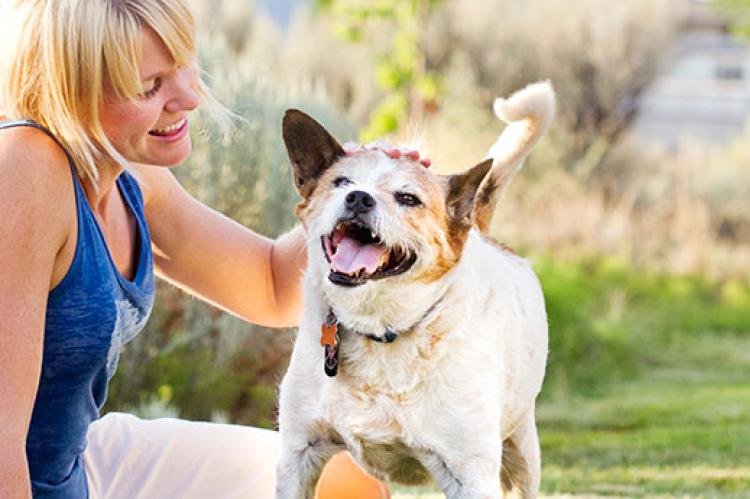Grooming is not just about keeping your dog looking its best; it’s a fundamental aspect of caring for your furry friend’s health and well-being. Regular grooming sessions not only ensure that your dog is clean and hygienic but also provide a golden opportunity to check for any signs of health issues like fleas, ticks, or skin abnormalities. From the fluffy Pomeranian to the sleek Greyhound, every breed requires some form of grooming, tailored to its specific needs. This comprehensive guide covers all aspects of Grooming for dogs, from the basics to the specifics of care for different types of coats.
The Essentials of Dog Grooming
Brushing: The Foundation of Coat Care
Brushing is the cornerstone of grooming. For long-haired breeds, daily brushing is essential to prevent tangles and mats, while short-haired breeds might get by with weekly brushing. The process removes dirt, dead skin, and loose hairs, and helps to spread natural oils throughout the coat, ensuring it remains shiny and healthy. Brushing also provides a great opportunity to bond with your dog and check for external parasites.
Bathing: Keeping the Skin and Coat Clean
While dogs don’t require daily showers like humans, regular bathing is crucial to maintaining skin and coat health. The frequency of baths depends on your dog’s breed, lifestyle, and skin condition, but a general rule of thumb is every one to three months. Always use a dog-specific shampoo to avoid skin irritation, and ensure the water temperature is lukewarm. Thorough rinsing is crucial to prevent shampoo residue, which can cause itching and irritation.
Nail Trimming: More Than Just Cosmetics
Long nails can cause discomfort and lead to issues with walking or running. Ideally, nails should be trimmed monthly, but the growth rate can vary. A good indicator that it’s time for a trim is if you can hear the nails clicking on hard surfaces. If you’re uncomfortable doing this yourself, a professional groomer or veterinarian can perform the task with minimal stress to your pet.
Ear Cleaning: Preventing Infections
Ear cleaning frequency varies greatly among breeds, age, and the individual dog. Breeds with floppy ears or those prone to ear infections may require more diligent care. Use a vet-recommended ear cleaner and gently clean the outer ear, avoiding the ear canal to prevent damage.
Dental Care: The Overlooked Necessity
Oral hygiene is often neglected in canine care, yet dental health is crucial to a dog’s overall well-being. Daily brushing with dog-specific toothpaste can prevent tartar buildup and gum disease. Additionally, regular professional cleanings by a veterinarian can help maintain oral health and prevent potential complications.
Special Considerations for Different Coat Types
Dogs come with a variety of coat types, each requiring specific grooming techniques:
- Short-haired breeds benefit from weekly brushing to remove loose fur and stimulate the skin.
- Long-haired breeds require daily brushing to prevent matting and tangling, and may need professional grooming to trim excess hair.
- Curly-haired breeds often need professional grooming to maintain their coat’s shape and prevent mats.
- Double-coated breeds require thorough brushing, especially during shedding season, to remove the undercoat and prevent overheating.
Professional Grooming: When to Seek Help
While many aspects of grooming can be handled at home, professional groomers offer services that might be challenging or risky for untrained owners. This includes managing difficult coats, safely trimming nails, cleaning ears, and other specialized care. Professional grooming might be necessary every 4-6 weeks, depending on the breed and the dog’s individual needs.
Health Benefits of Regular Grooming
Beyond aesthetics, grooming plays a critical role in maintaining your dog’s health:
- Skin Health: Regular brushing and bathing help prevent skin infections and irritations by removing dirt and allergens.
- Early Detection: Grooming sessions are an ideal time to check for lumps, bumps, parasites, or signs of infection, ensuring early intervention.
- Bonding: Grooming strengthens the bond between you and your dog, providing a sense of security and comfort.
Conclusion
Grooming is an indispensable part of dog ownership. It ensures not just the physical cleanliness of your canine companion but also contributes significantly to their mental well-being and health. Regular grooming sessions are an investment in your dog’s happiness and longevity, fostering a stronger bond between you and your pet. Whether you’re grooming at home or relying on professional services, the key is consistency and care. By adhering to a regular grooming schedule and paying attention to your dog’s specific needs, you’re ensuring that your furry friend remains healthy, happy, and a joy to be around.


